The Sears Gazetteer contains a list of locations in the USA with the name Sears, compiled by Ray Sears over the years. Also see Maine, Mississippi, Alaska, New Mexico, Virginia and others on this site.
Idaho has a single placemark, Sears Creek.
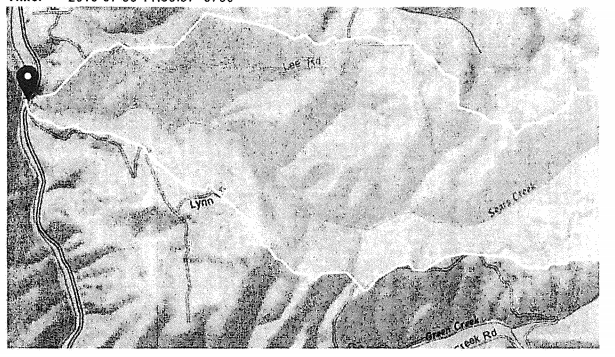
Turning off Highway 13 onto Sears Creek Road takes us to Sears Creek, a tributary of South Fork Clearwater River. Sears Creek is not on the List of National Wild and Scenic Rivers for Idaho. It is often dry during low-flow. According to this soil and water conservation application, it is assessed as a prime spawning stream.
Sears Creek Road crosses Wall Creek, and ends at Old Elk City Wagon Road. This road is listed on the National Register of Historic Places.
From 1895 to 1932, the Elk City Wagon Road provided a vital route for wheeled traffic into the rugged Clearwater Mountains in north central Idaho. The Wagon Road linked the gold fields of the upper Clearwater country with established transportation routes to the west. Built roughly along the route of the Southern Nez Perce Trail, the wagon road connected Harpster in the west to Elk City to the east.
Harpster, established in 1897, is the closest town to Sears Creek. Harpster is about 8 1/2 hours from the Canadian border, 3 1/2 hours from Missoula, Montana. The area in and around Harpster includes 2,244 nearby mines
The communities of Stites and Harpster look back upon a history which includes the Nimiipuu (Nez Perce), Lewis and Clark, gold seekers, loggers, cowboys, and homesteaders.
At the turn of the 20th century, Stites and Harpster, the terminus for the railroad and Elk City Wagon Road, provided a transportation hub for the upper Clearwater gold country and Camas Prairie farmers and ranchers.
Today, the communities provide a focal point for historic adventure and outdoor recreation.
Hardy Sears, born 1841 in Randolph County, Missouri, is mentioned on the Albion Valley Historical Society web site. He settled on a creek, though it wasn’t the Sears Creek…
He served in the Union Army. Mined in Nevada and Montana, raised cattle on the Promentery in Utah. He helped complete the Union Pacific Railroad in Utah and was present when the golden spike was driven in celebration of the event. Minidoka hotel business.
In 1870 Hardy Sears and Dan Stark settled on adjoining pieces of land that could be watered by a creek. Here they built their cabins.
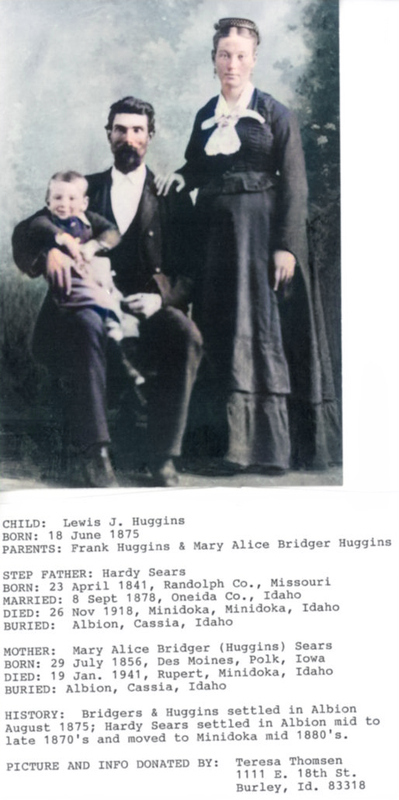
DeOldify
Hardy became the proprietor of the Sears Hotel, which he purchased in 1894 after serving with the confederacy in the Civil War. The hotel was sold and torn down in the late 1950s.
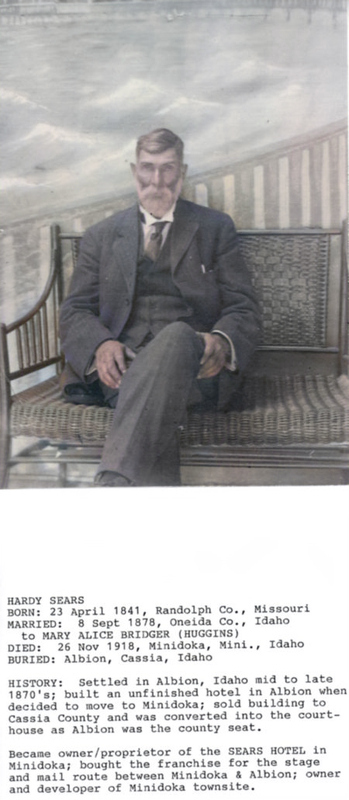
DeOldify
Willis Sears was one of Hardy’s sons. Willis served as a postmaster in Idaho for 35 years.
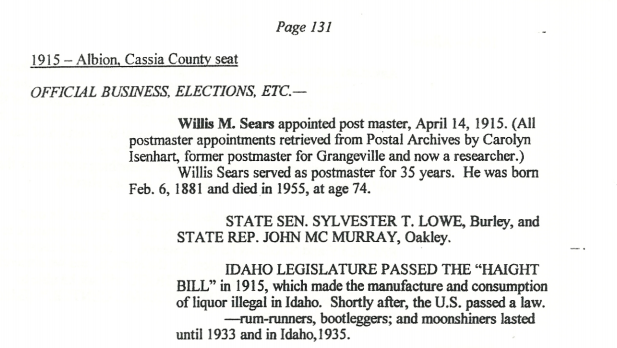
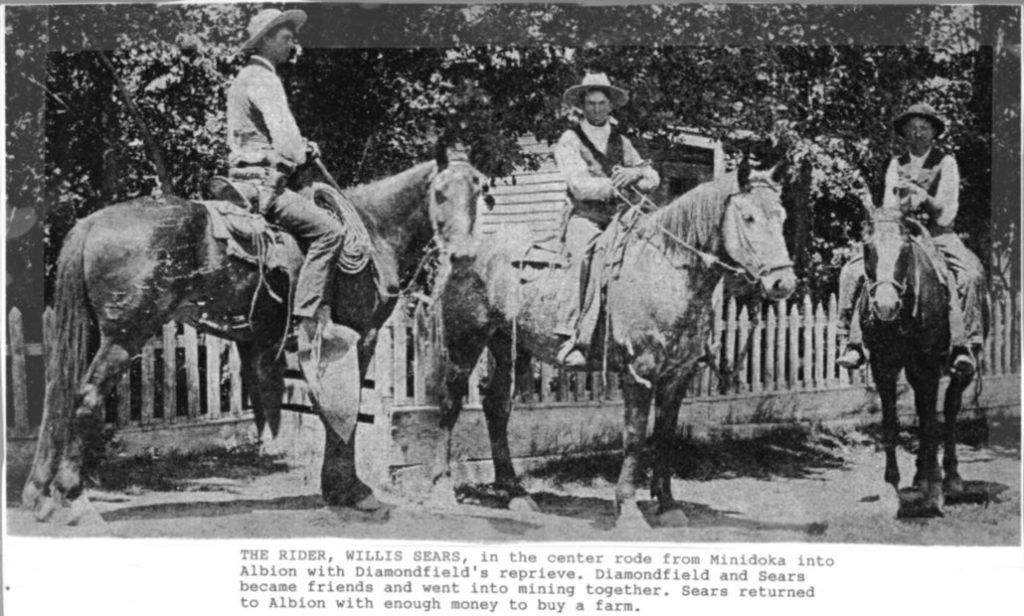
Willis is famous for having saved “Diamondfield Jack’s” life.
Willis Sears, Albion Postmaster, rode from Minidoka to Albion with Charley Christ in July, 1901, with papers from Boise that commuted the sentence of Diamondfield Jack Davis to life imprisonment. They made the ride on the day Davis was to have been hanged.
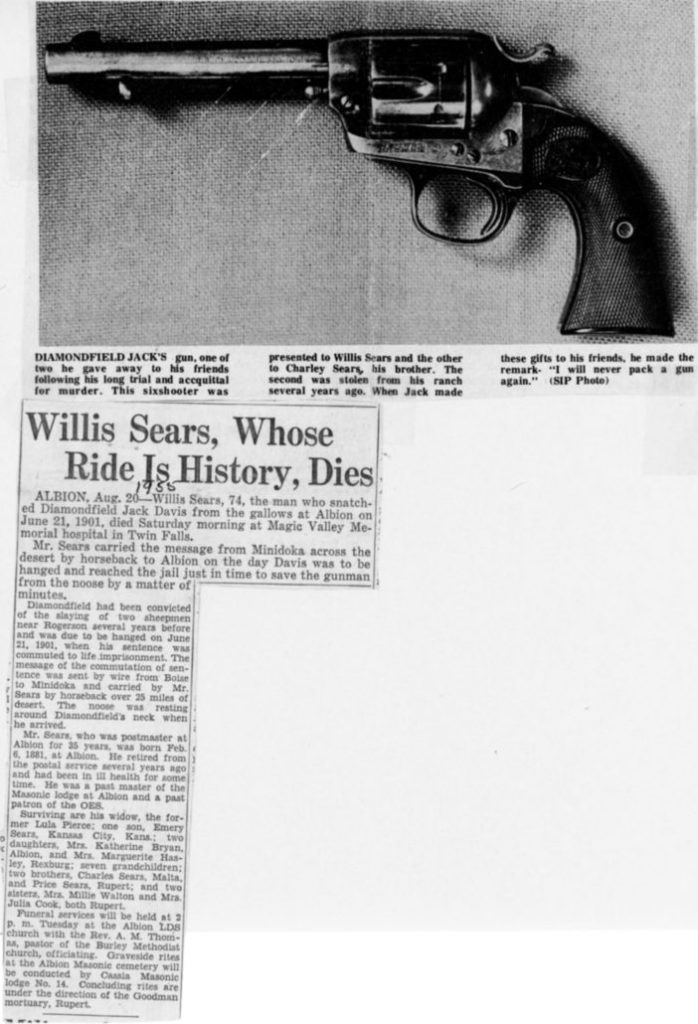
A fascinating story about Willis and Diamondfield Jack is on the Minicassa.com web site, The Willis Sears-Diamond Field Jack Connection.
Jackson Lee “Diamondfield Jack” Davis was accused of the murders of sheepherders, while patrolling for sheepherders working on cattle land in Idaho.
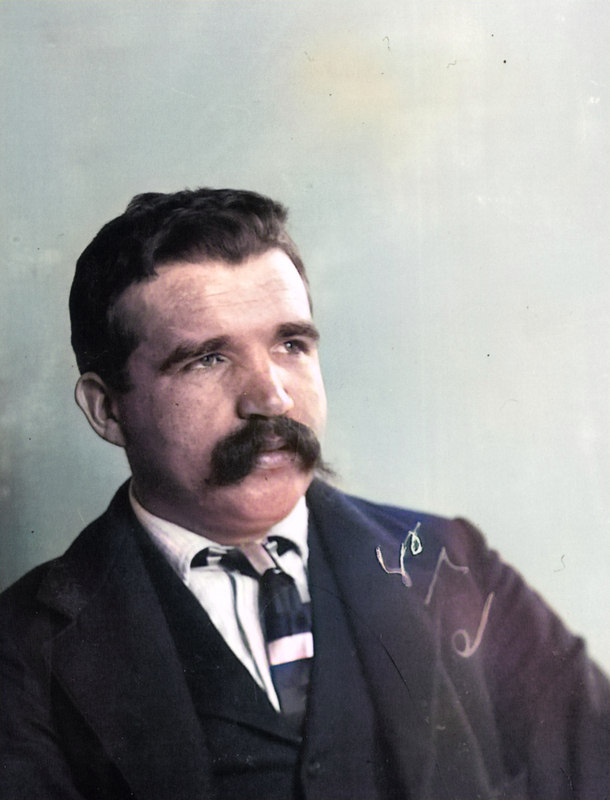
Deoldify
Diamondfield Jack befriended Sears, and lived quite awhile longer than 1901. His death sentence eventually came to him via a taxi cab in Vegas.
By 1900, Diamondfield Jack had exhausted all of his appeals. He was again scheduled for execution, this time on July 3, 1901. The public was opposed to this and believed Diamondfield Jack to be innocent. Aware of public support from some very influential citizens, the Board of Pardons extended the execution date to July 17. Word arrived in Cassia County three hours before the sheriff would have carried out the execution.
On July 16, 1901, the Board of Pardons commuted Diamondfield Jack’s death sentence to that of life imprisonment. He was again moved to the Idaho State Penitentiary to serve his time.
On December 17, 1902, the Board of Pardons granted Diamondfield Jack a pardon. He moved to Nevada and made a fortune in the Tonopah mining district. He later lost his fortune and was killed in 1949 when he was struck by a taxi cab in Las Vegas, Nevada.
One famous senator, and someone who shaped Idaho is the late Frank Church. The Frank Church – River of No Return Wilderness Area, a 2.4 million acre wilderness park is the largest area outside of Alaska.
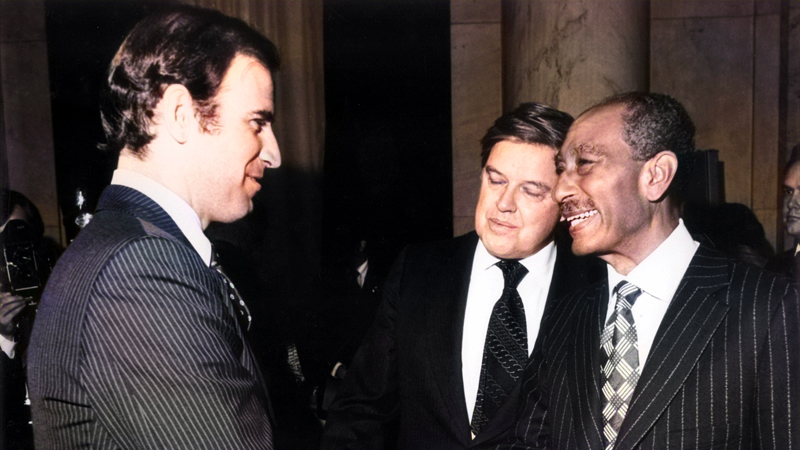
DeOldify
Frank Church served as US Senator of Idaho from 1957 to 1981.
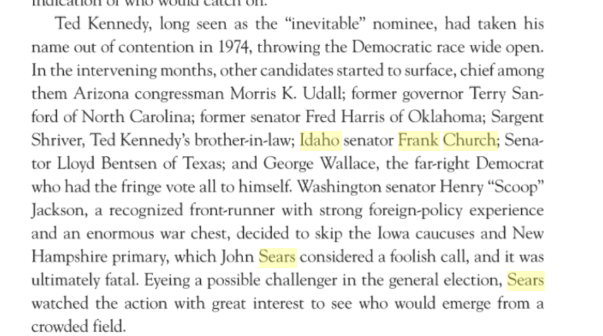
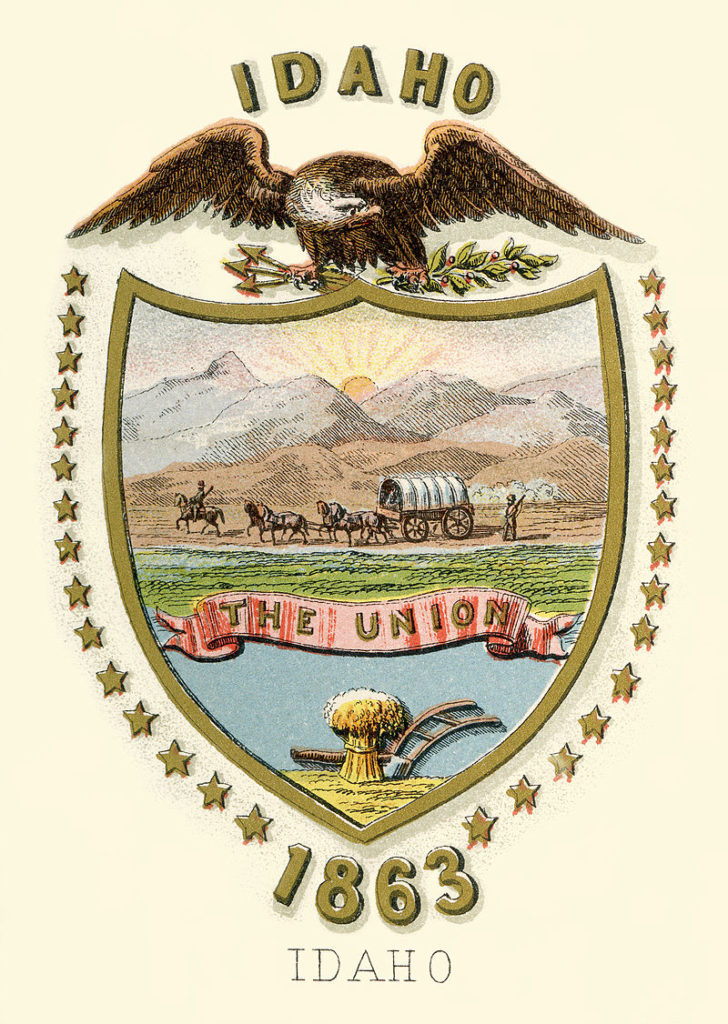
Also see:
Random Acts of Genealogical Kindness
https://raogk.org/counties/idaho/
Idaho State Museum (TripAdvisor)
IDAHO Official Government Web Site
https://history.idaho.gov/maps/